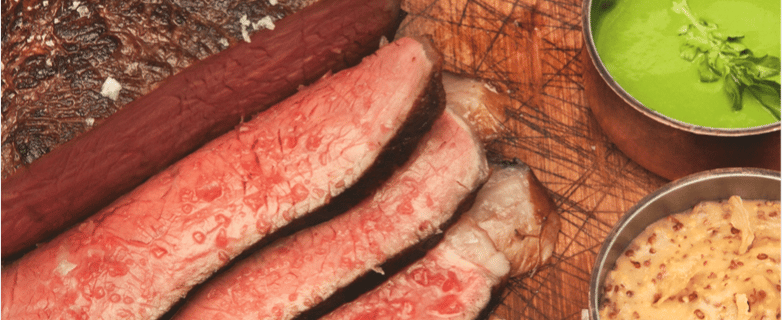The Best Tips for Sous Vide Beginners
Unlock Sous Vide Success: Essential Tips for Beginners. Learn how to master sous vide cooking with these expert tips. From ingredient choices to searing techniques, discover the secrets to perfect sous vide dishes.
COOKING SOUS VIDE
Francesco Feston
1/1/20252 min read


Sous vide cooking, often perceived as a complex culinary technique, is surprisingly accessible for beginners. This precision cooking method, once the exclusive domain of professional chefs, can yield exceptional results in your home kitchen. To help newcomers navigate the intricacies of sous vide, here are some foundational guidelines to ensure culinary success.
1. Avoid Overcrowding
Crowding multiple ingredients in a single pouch might seem efficient, but it compromises the cooking process. Different ingredients require varying temperatures and durations. Excessive crowding can lead to uneven cooking and discordant flavors. Ideally, limit each pouch to 1-2 main ingredients, supplemented by a maximum of 3 dry ingredients and liquids, including seasoning staples like salt and pepper.
2. Opt for Dry Spices and Aromatics
For a non-mushy, perfectly tender outcome, prioritize dry spices and herbs. These include garlic powder, paprika, dry mint, and rosemary, which infuse the dish with rich flavors and aromas without overwhelming the texture. Liquid seasonings should be used minimally, if at all, to maintain the integrity of the primary ingredient.
3. Sear After Cooking
The secret to a delectable sous vide dish lies in post-cooking searing. This technique not only adds a satisfying crispness but also enhances the overall flavor. Without this step, proteins might taste bland. A brief sear, usually 1-2 minutes on each side, suffices to create a golden crust while preserving the internal moisture.
4. Keep Bags Submerged
In scenarios where advanced equipment isn't used, ensuring the sous vide bag remains submerged is crucial. A simple yet effective solution is to secure the bag with a binder clip at the edges. This ensures consistent cooking, particularly important for lightweight ingredients.
5. Avoid Excessive Cooking Time
Although some tougher meats benefit from extended cooking times, overly prolonged durations are generally unnecessary. For instance, cooking beyond 12 hours does not guarantee improved tenderness or flavor. Understanding the optimal cooking time for each ingredient is key.
6. Temperature Adjustment
For those with some sous vide experience, experimenting with temperature adjustments mid-cooking can yield remarkable results. For example, starting meats like pork or beef at 120°F for the initial hours, then increasing the temperature slightly can fine-tune the level of doneness.
In conclusion, mastering sous vide cooking requires a balance of precision and experimentation. By adhering to these guidelines, even novice cooks can achieve professional-quality results in their home kitchens.
